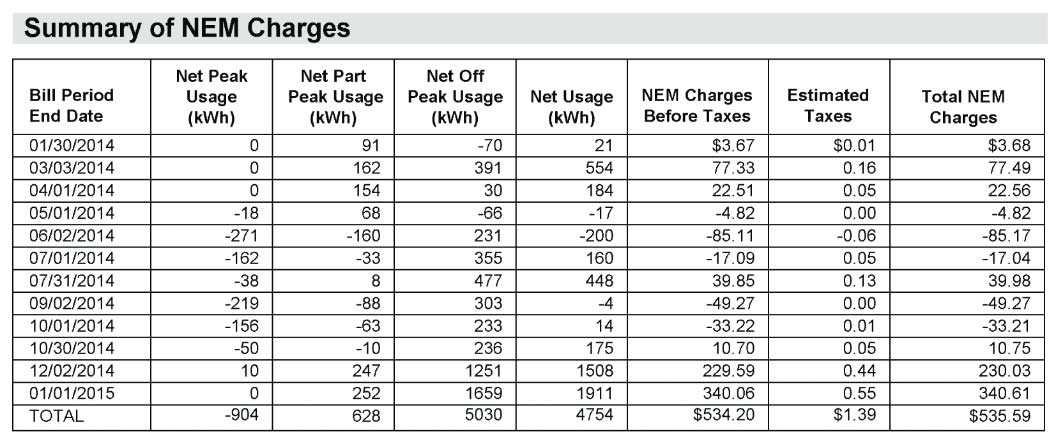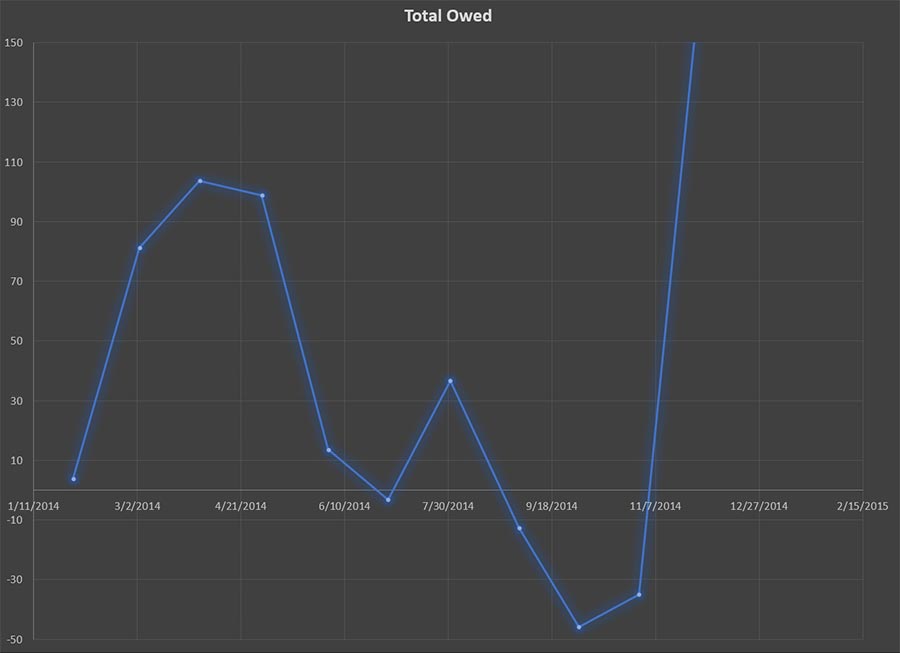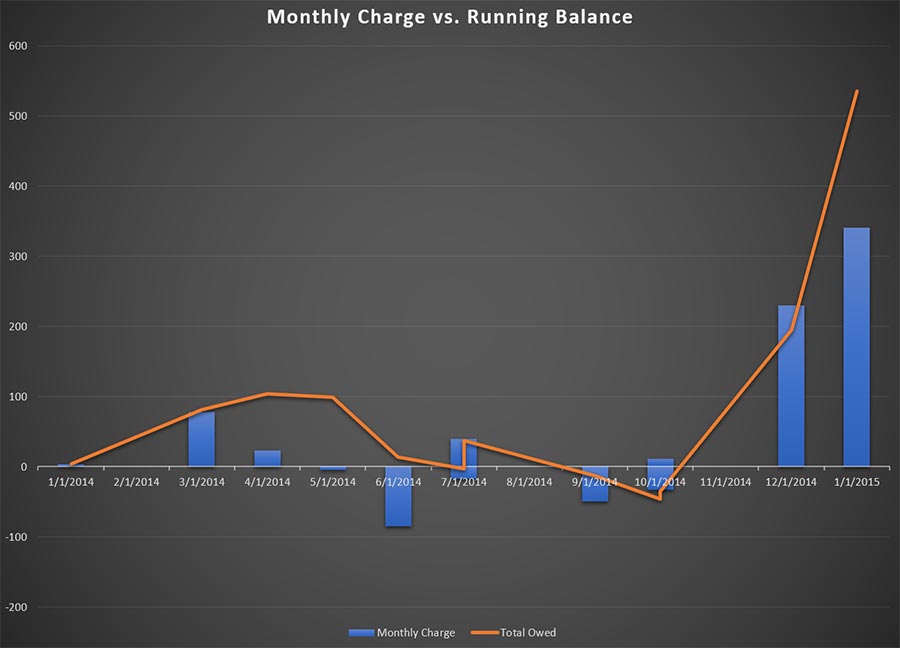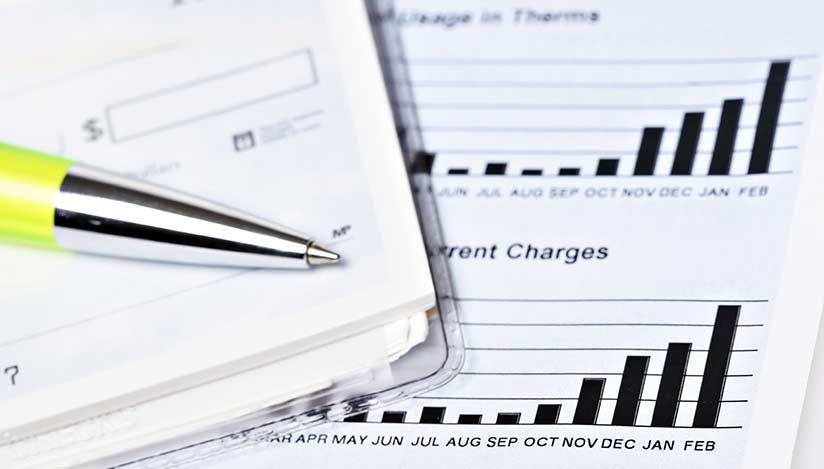How to Read Your PG&E or SMUD ‘True-Up’ Settlement Bill
When you have a solar power system installed on your home, not only does the amount of money you spend on electricity change significantly, but how you pay for electricity changes as well. After your system is switched on, you will continue to receive monthly statements from your utility company. These will indicate how much electricity you used from the grid, how much you sent back, and what your net balance is for the month. But it’s important to remember that these statements aren’t bills.
After you go solar, your energy company will stop billing you on a monthly basis to avoid unnecessary accounting costs.
If you’ve ever split ongoing costs with a partner or family member—like friends who take turns paying for weekly lunches—you know this often results in money moving back and forth repeatedly. It’s not a very efficient process, and for a company that processes massive numbers of transactions, like PG&E or SMUD, this would prove to be very costly.
For instance, in May, you might owe PG&E $50. But in June, PG&E owes you $50. If PG&E billed on a monthly basis, they would have to process those two payments, with the net result of no money changing hands. Why take on those accounting and processing costs if there’s no need? Consider this example summary of a PG&E’s energy billing over the course of a year.

While there’s a fair amount of money moving back and forth, until the last couple months of the year, neither PG&E nor the customer owes that much overall over the course of the year, as can be seen when looking at a running total:

Between January and October, the total running bill never exceeded $104 owed to PG&E, and $46 owed to the customer. So, to make payments more efficient, your energy provider instead keeps what is essentially a running tab or IOU. Your energy provider will track your energy consumption each month, along with the credits you earn through net energy metering. Each month you’ll receive a statement summarizing your energy usage and the energy you sent back to the grid.
You won’t be billed for your energy usage, but you will be assessed a small ‘electric minimum charge’ or ‘basic delivery charge’—usually around $10 to $12—which covers the cost of keeping you connected to the grid.
At the end of your 12-month payment period, your power company will send you what is called a ‘true-up’ bill or settlement bill, billing or crediting you for your energy usage for the previous year.
At the end of the year, your utility tabulates:
- Your energy usage over the course of the year
- The minimum charge—if you meet certain requirements, your payments will be credited back to you
- The credits you’ve earned by sending energy back to the grid
- Taxes owed
With all this totaled, you are either billed for what you owe, or are provided with a ‘net surplus compensation.’
This statement will include a ‘summary of NEM [net energy metering] charges,’ similar to the example seen above. This summary includes quite a bit of information, including the amount of energy used for each tier of your provider’s time-of-use pricing schedule, total usage for each month, taxes owed for each month, and year-end total for each of these figures.
This is a good opportunity to better understand your energy usage habits by examining your monthly usage and what times of day you use the most electricity. If you are a PG&E customer, your true-up statement will also include charts showing your net monthly consumption, as well as your cumulative balance. Below is a graph which combines both pieces of information based upon our example.

By examining how your month-to-month energy usage impacts your total year energy budget, you can find ways to maximize the savings offered by your solar power system. Consider the example above, where for 10 months out of the year, the homeowner’s total energy cost never exceeds about $100. But in the last two months of the year, during the holiday season, their energy usage explodes. Rather than owing a few dollars, they end up with a true-up bill of more than $500.
It’s not unusual for homeowners new to solar power and the change in billing to run into unexpected financial hardships due to being hit with a big true-up bill. But by adjusting their behavior in months with historically high usage—reducing your reliance on electric heat, cooking during off-peak hours, installing more efficient lighting—you can ensure that you end the year on a high note, and not a high bill.

